Caution: Plasterboard, expanded polystyrene and other common building materials may contain dangerous substances for your health.
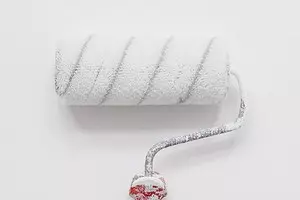
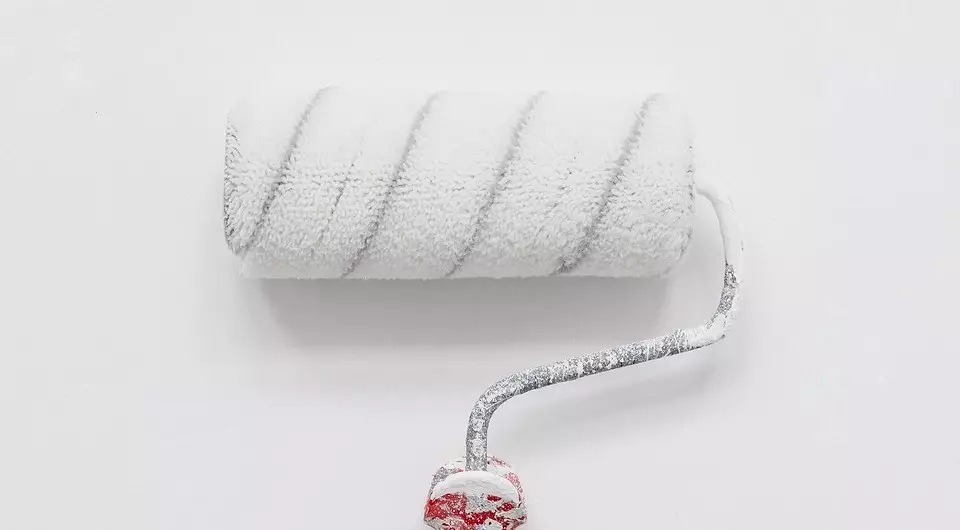
1 polystyrene foam
Polystyrene foam is a gas-filled material that is often used for the insulation of the walls. Also made from it wall and ceiling panels. However, the construction industry experts warn: at elevated temperatures, the material sends harmful substances into the air, and if possible, it is better to turn to alternative options. As a last resort, use polystyrene foam only for outdoor wall insulation.
Antibonuses: Material increases fire hazard, when combustion is toxic, and with incorrect installation, the risk of the moisture delay and the formation of the fungus is high. Not the most pleasant set, right?
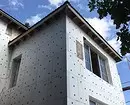
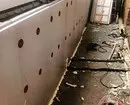
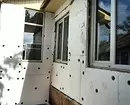
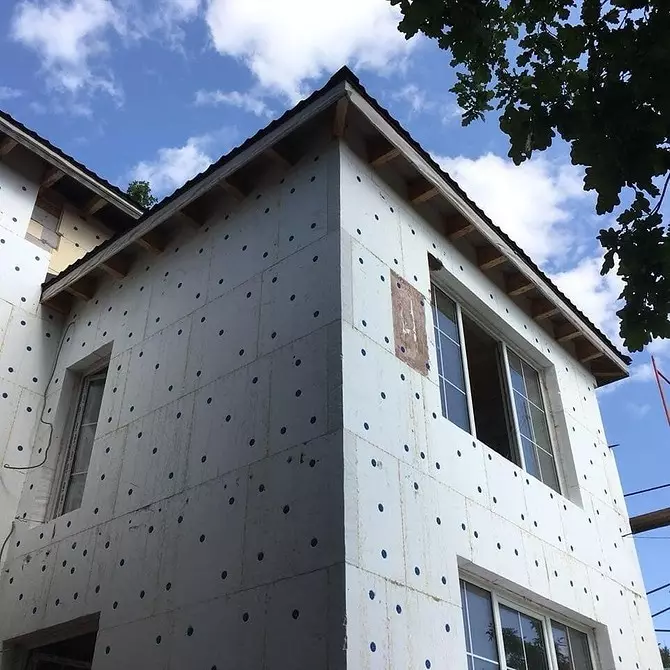
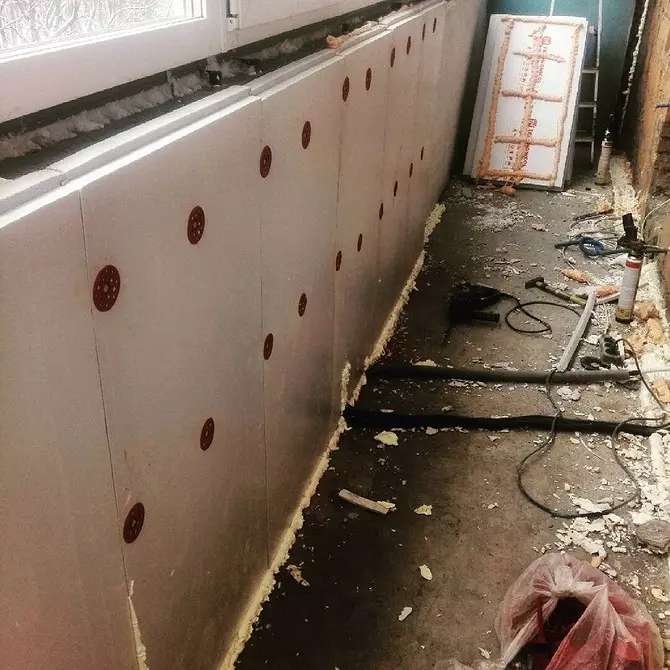
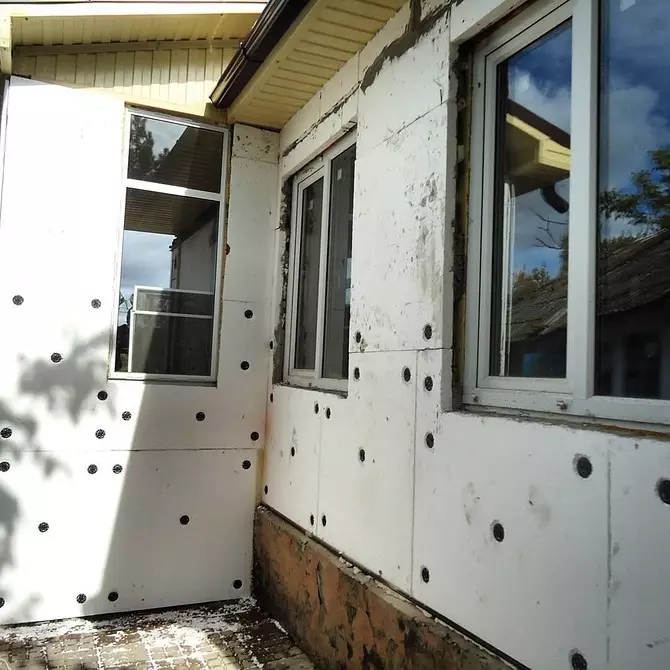
2 Mineral Vata.
Often mineral wool use for insulation of walls. At the same time, the material is extremely dangerous for the respiratory organs and skin, so it is necessary to work with it exclusively in the appropriate equipment, but to apply in construction - only placing between the layers of other materials. But even with such security measures, one "but" will remain: walls and partitions, warmed by the Minchatum, it is not recommended to drill, otherwise harmful microparticles will receive a "loophole" in the microclimate of your home.3 plasterboard
High-quality plasterboard of well-known brands is created using purified gypsum, compliance with production technologies and harmless to use in residential premises (which is confirmed by the relevant documents). But if you decide to save and choose more budget material from an unknown manufacturer, you will wait for health risks. The composition of such a plasterboard can be included with the most different harmful impurities, not to mention the fact that the designs of the material will be short-lived.
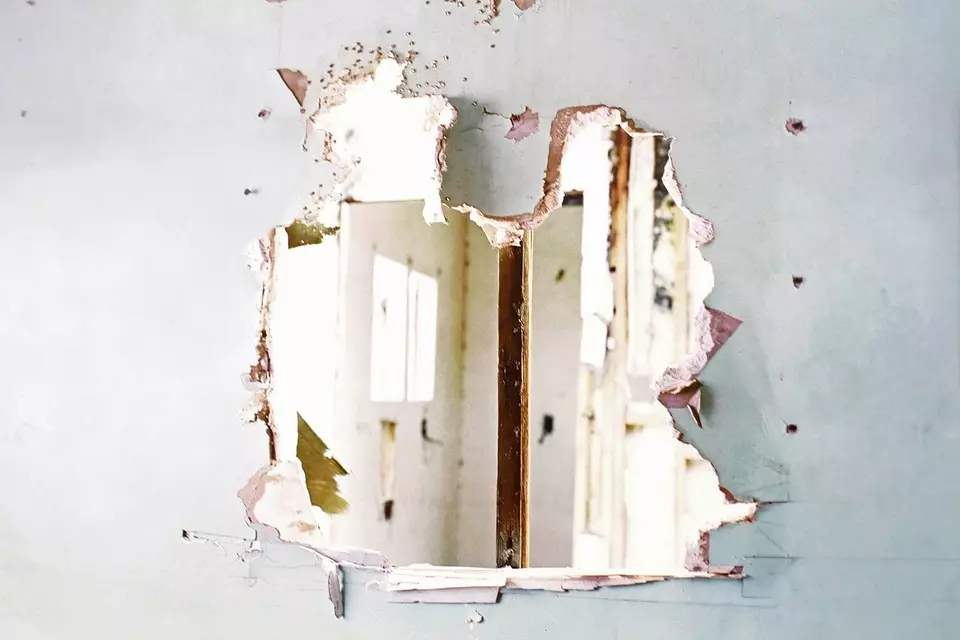
4 Dry plaster mixes
Perhaps one of the most risky items in our list. Mostly - due to the huge number of fakes (industry experts lead different numbers reaching 60% of the market volume). Alas, falsify mixtures for the preparation of plaster simply, and only the control purchases by testing bodies and expertise can identify malicious impurities. Try to acquire mixtures of well-known manufacturers from reliable vendors - so you will reduce the risk of buying material with hazardous impurities.5 Paintworks
Eco-friendly paints and varnishes are not so much, and not all repair tasks can be solved with their help. Therefore, insist on a fanatical empoder to choose this product. Enough when buying materials, check security certificates, take care of the proper protection of the respiratory tract and skin covers - subject to the recommendations of the manufacturer's problems should not occur.
Danger is waiting for you when choosing materials of dubious production. And in violation of the instructions on the package or when used in the room of materials intended for external work.
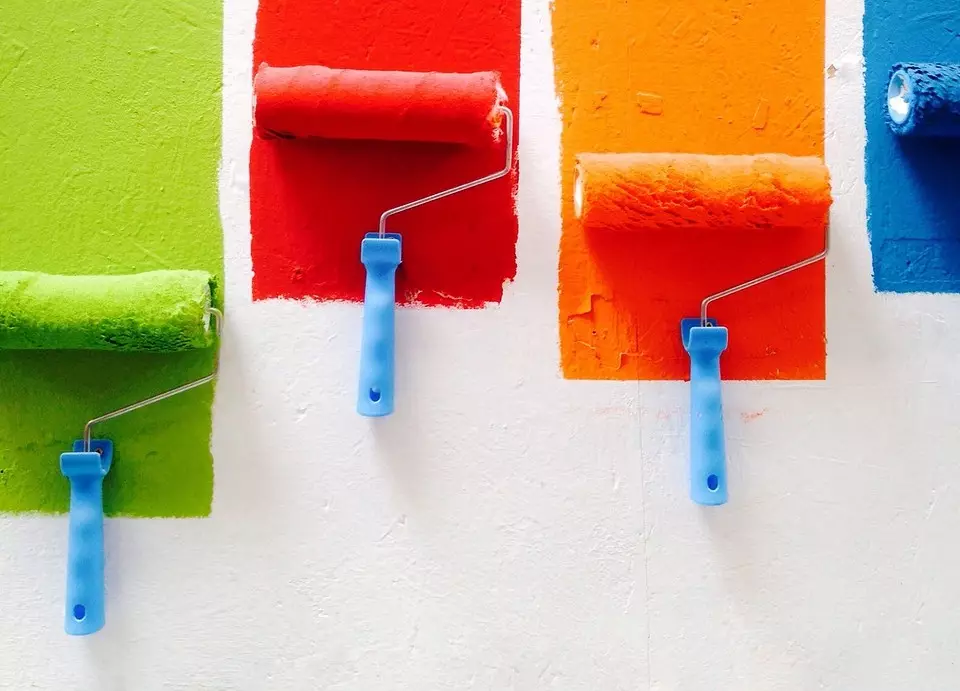
6 Tile Glue
Even high-quality tile glue from world-famous brands contains chemicals harmful to health, so working with it is carried out in the respirator and gloves, and after laying the tiles to thoroughly pelt the seams. What to talk about glue from unverified manufacturers!7 PVC products
Polyvinyl chloride is widely used in repairs and in construction, it makes window frames, window sills, pipes, plinths, etc. Material attracts price and physical properties: rather durable, lightweight, simple in care. And despite the non-origin, no terrible in PVC products, if they are purchased from well-known manufacturers with all quality certificates for their products.
Danger is waiting for us when buying low-quality products in attempts to save. Even with relatively low temperatures, they are isolated in air carcinogens and toxic substances.
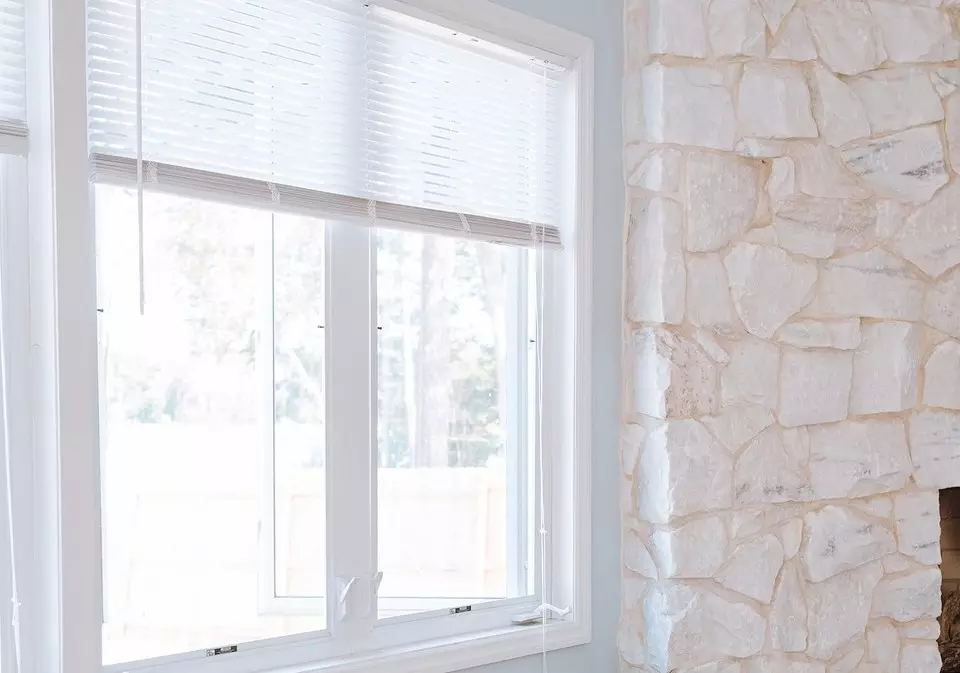
Read also about 7 eco-friendly materials for the construction of the house.

